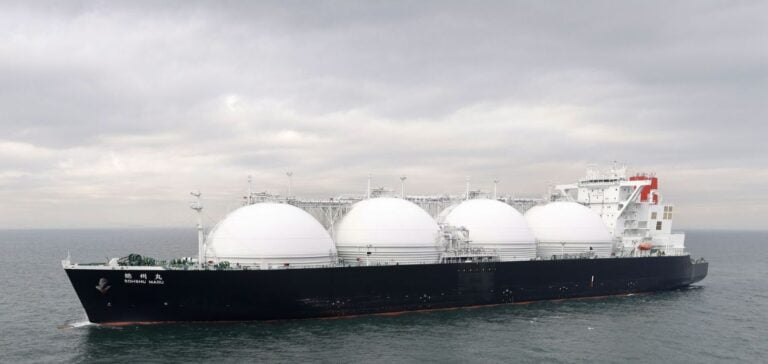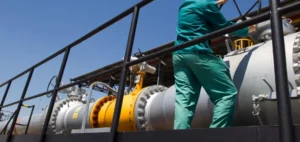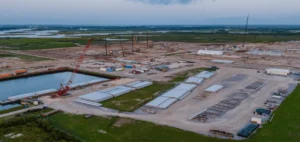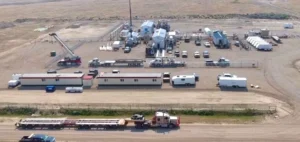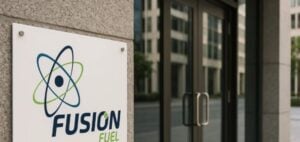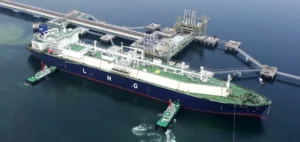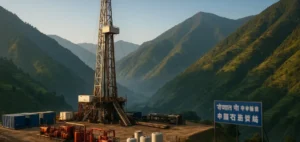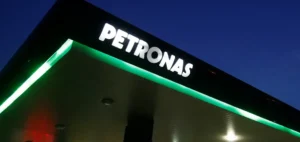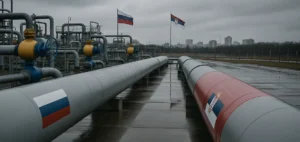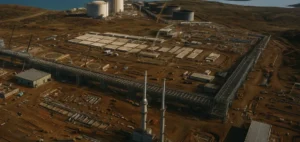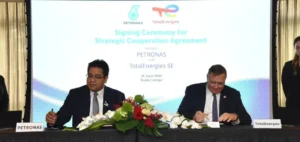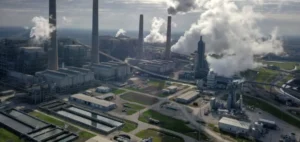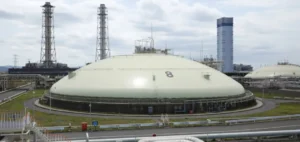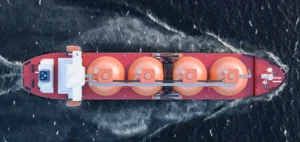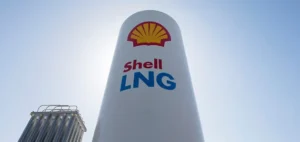In July 2024, 49 U.S. cargoes of liquefied natural gas (LNG) bound for Asia chose to bypass the Cape of Good Hope, reaching a level not recorded since the data have been compiled.
This significant increase on June’s 37 cargoes testifies to the persistence of difficulties associated with passage through the Panama Canal, despite the recent easing of restrictions by the Canal Authority.
This strategic choice comes at a time when the reliability and predictability of shipping routes are becoming essential for exporters, in the face of fluctuating conditions of access to the Panama Canal.
Background and logistical challenges at the Panama Canal
The Panama Canal, although key to intercontinental trade, faces recurring challenges, mainly due to fluctuating water levels in Lake Gatun.
In response, the Canal Authority (ACP) lifted some restrictions in August, adding additional slots for Neopanamax vessels, essential for the transport of LNG.
However, these adjustments have not reversed the trend observed since March 2024, with LNG transits via the canal stagnating.
In July, only three LNG crossings were recorded, confirming a gradual decline in volumes transiting this critical route.
Implications for global LNG flows and exporter strategies
The increasing number of passages around the Cape of Good Hope underlines the fact that exporters are adapting to the operational constraints of the Panama Canal.
With 500 ships having already used this route by 2024, compared with just 25 transits through the Canal this year, it is becoming clear that market players are favoring longer but more predictable routes.
This trend could have repercussions on transport costs and, ultimately, on LNG prices, particularly in Asia, a fast-growing market.
LNG exporters’ logistical decisions are now largely influenced by uncertainties linked to critical infrastructures such as the Panama Canal.
As the LNG market becomes increasingly complex, operators have to navigate between transport costs, delivery times and the availability of shipping routes to maintain their competitiveness.
Market fluctuations, such as the Platts Gulf Coast Marker’s stable valuation of $11.89/MMBtu as of August 9, reflect this new reality, where transportation strategies play a crucial role in price dynamics.

